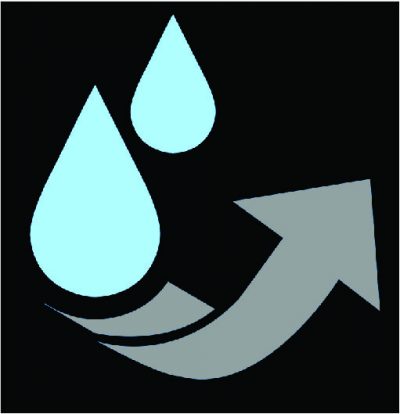“Won’t you pay my bill?” is a question that the water utility asks of the customers who do not pay their water, wastewater, and even stormwater bills. But low-income customers are, essentially, asking the same question: will you—higher income customers—help pay the water bills of the poor?
National organizations like the American Water Works Association have policies related to non-payment. AWWA says “[f]ailure on the part of the customer to pay a water bill for services rendered necessitates that other customers bear the costs associated with the non‐payment of water service.”
But is it worth it to the water utility to use the rate revenues from one group of customers to subsidize the rates of another group of customers via an assistance program? More than that, is it even legal? Continue reading








